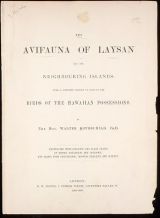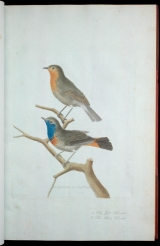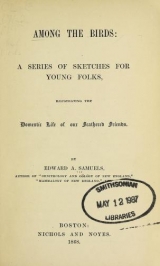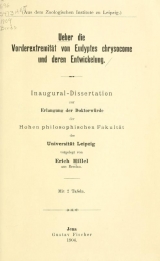The avifauna of Laysan and the neighbouring islands [plates] (1893)
Rothschild, Lionel Walter Rothschild, Baron; Palmer, Henry
R.H. Porter, 1893
Part of: The avifauna of Laysan and the neighbouring islands : with a complete history to date of the birds of the Hawaiian possessions
R.H. Porter, 1893
Part of: The avifauna of Laysan and the neighbouring islands : with a complete history to date of the birds of the Hawaiian possessions
In 1890, when Rothschild was 23, he sent a sailor named Henry Palmer to the
Sandwich Islands (as the Hawaiian Islands had been named by Captain James
Cook in the late 1770s) and most particularly to Laysan, one of the Leeward
Islands in the Hawaiian archipelago now part of the Hawaiian Islands Bird
Reservation. His instructions were to collect as many different birds as
possible, with special attention to inter-island variation.




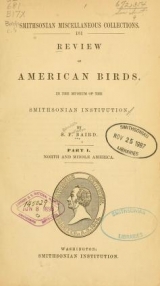

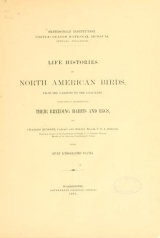
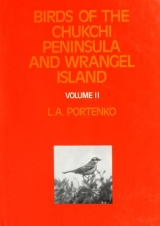




![Cover of The avifauna of Laysan and the neighbouring islands [plates] (1893) Cover of The avifauna of Laysan and the neighbouring islands [plates] (1893)](https://library.si.edu/sites/default/files/styles/book_cover_160w/public/books/covers/avifaunalaysannplatroth_0107.jpg?itok=DIjkHdFK)
